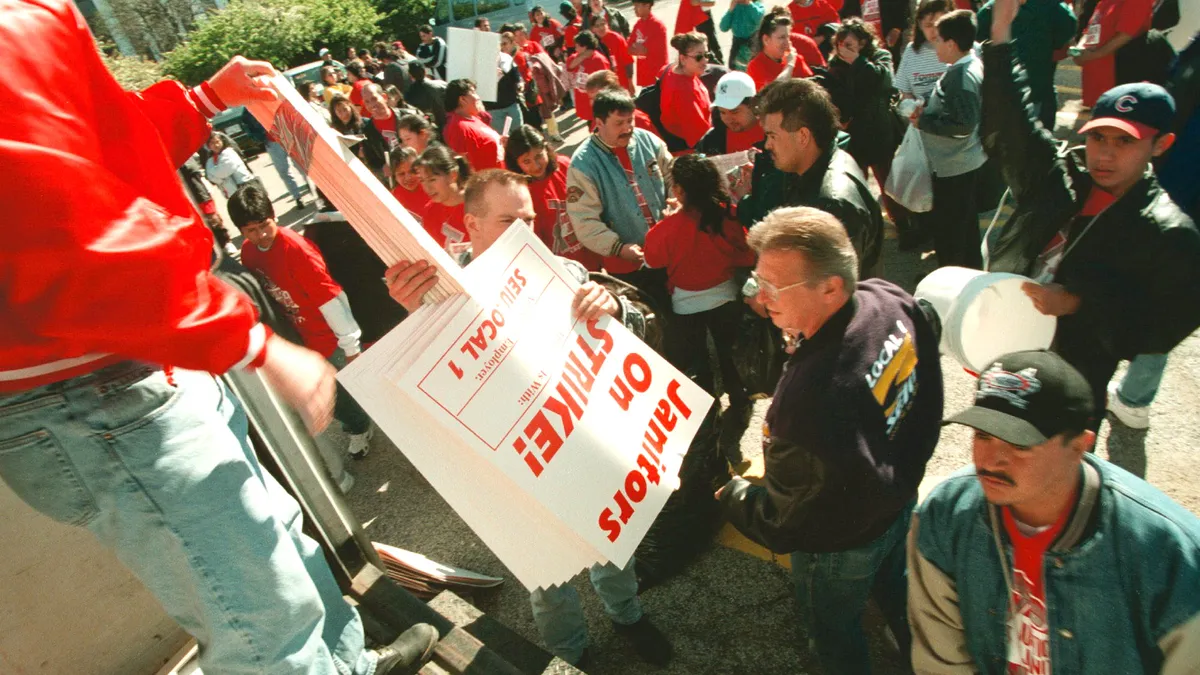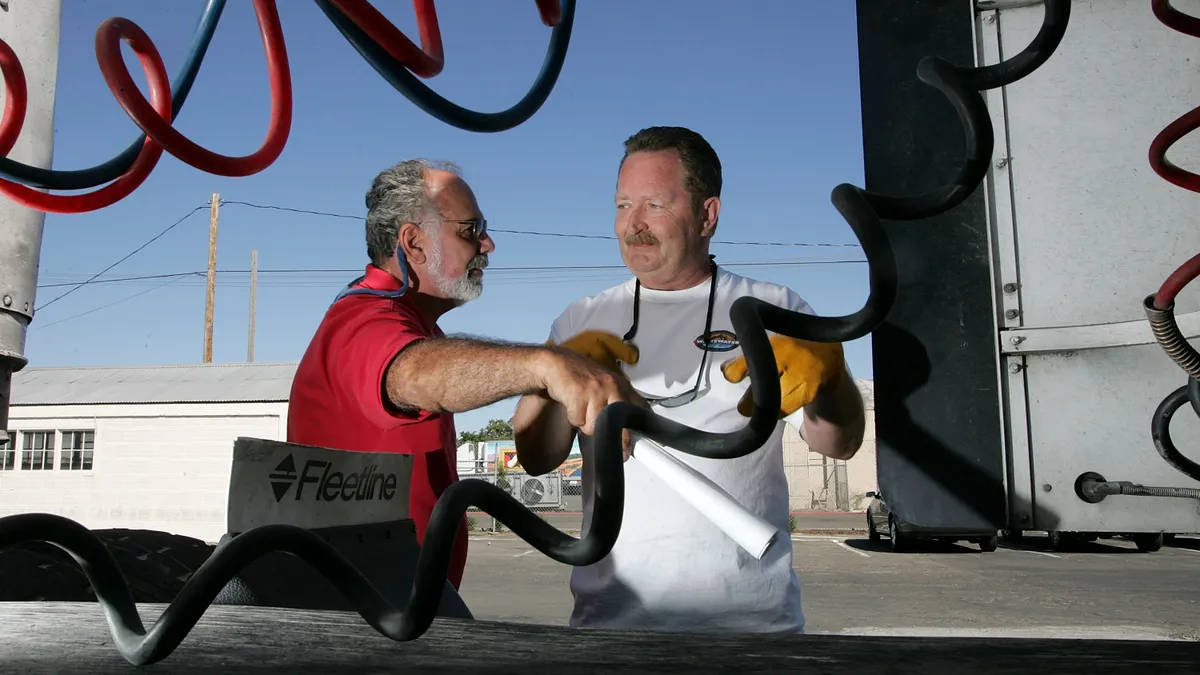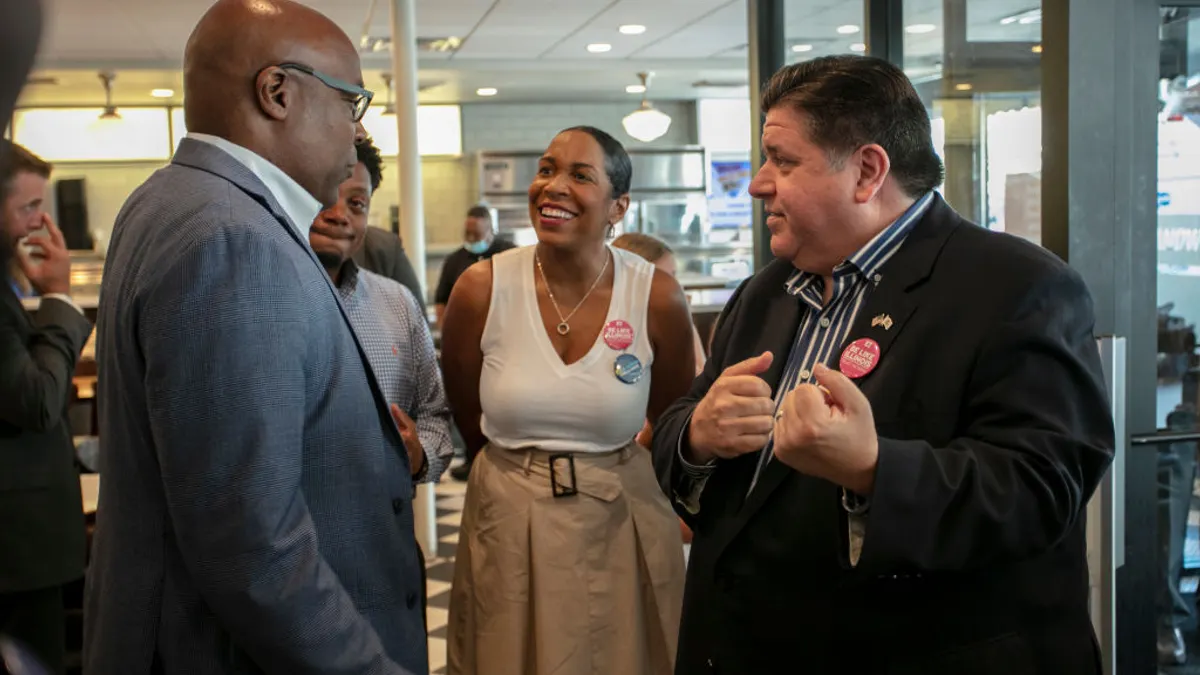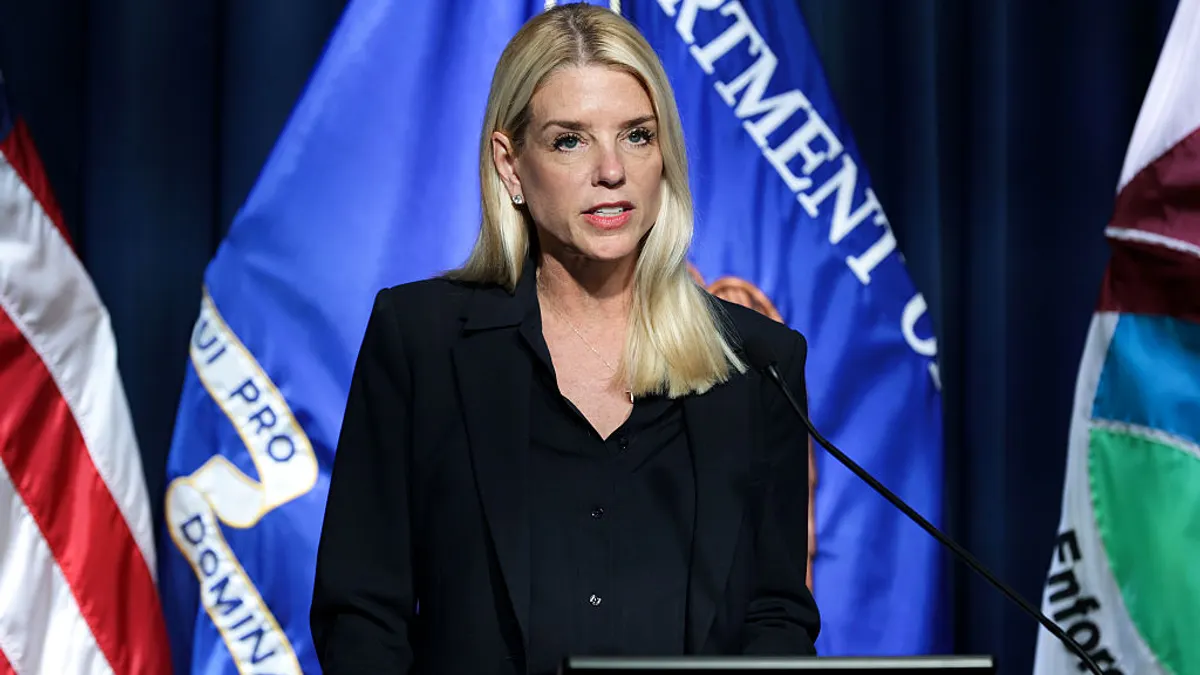National Hispanic Heritage Month (NHHM) celebrates Hispanic and Latino history and culture. According to the National Museum of the American Latino, the month, which runs from September 15 to October 15, gives “extra recognition to the many contributions made to the history and culture of the United States, including important advocacy work, vibrant art, popular and traditional foods, and much more.”
One key part of that celebration is work, given both the long history of Hispanic and Latino-led labor activism and the current demographics of the American workforce, which is becoming more diverse.
“It’s always important to recognize and celebrate the diversity of our country,” said Miriam De Dios Woodward, founder, president and CEO of De Dios Consulting, which helps businesses grow by engaging with the Latino market. “NHHM is really an opportunity to recognize your employees but also customers, small business-owners, and community members all around us, given population statistics.”
Celebrating an important part of America’s labor movement
NHHM is more than 50 years old, and was started in 1968 at the behest of President Lyndon Johnson as a week-long celebration. It was expanded to a month by President Ronald Reagan in 1988.
"More than ever, it’s an important time to just recognize the contributions of the community, but also use it as an opportunity to keep building that global mindset."

Miriam De Dios Woodward
Founder, president and CEO of De Dios Consulting
These aren’t just a random cluster of dates picked on a calendar, either. Sept. 15 is the anniversary of independence for Latin American countries including Costa Rica, El Salvador, Guatemala, Honduras and Nicaragua. Mexico and Chile also celebrate their independence days on Sept. 16 and Sept. 18. Belize celebrates its independence anniversary on Sept. 21.
These independence days laid the foundation for celebrating the role that Hispanics and Latinos have played in the national labor movement. Notably, in 1962 Cesar Chavez and Dolores Huerta co-founded the National Farm Workers Association (now the United Farmer Workers of America).
The aim was to use nonviolent acts of civil disobedience to bring attention to discrimination and the poor working and living conditions of farmworkers.
Historians note 2000 as a touchstone for the Hispanic and Latino-led labor movement: A California chapter of the Service Employees International Union advocated for contracts for 6,000 Latino and Latina workers. “It was the largest private sector, immigrant-organizing success since the United Farm Workers' campaign of the 1970s,” Zaragosa Vargas, professor emeritus in the Department of History, University of North Carolina, Chapel Hill said in a National Park Service document.
That Justice for Janitors campaign laid the groundwork for millions of Latino immigrant workers to protest against immigration reform proposals and for the right to work in the U.S. with the option of becoming citizens in 2006. “These mass worker demonstrations constituted a new civil rights movement in America,” Vargas said.
Celebrating a diverse workforce today
From a workforce perspective, NHHM is important because of the current role that Hispanic and Latino workers play in the American labor market — a role that is projected to grow.
According to Bureau of Labor Statistics, the Hispanic proportion of the workforce has increased from 8.5% in 1990 to 18.0% in 2020. By 2030, BLS estimates that Hispanics will account for 21.2% of the labor force, which comes to one out of every five workers. The bureau also projects that Hispanic workers will account for 78% of net new workers between 2020 and 2030.
“We are everywhere,” said De Dios Woodward about Latino and Hispanic workers. That means that NHHM is “an opportunity to highlight and spotlight the contributions of Hispanics across the country,” she said.
It’s also just good business, she added, and an opportunity to “uplift your employees from an HR perspective.”
That can include tapping into Hispanic and Latino employee resource groups a company might have, to “learn a bit more about cultural differences that may help the organization,” she said.
Some programming ideas offered by the National Museum of the American Latino:
- Look into influential Latino leaders
- Read books written by Latino authors
- Screen films that feature Hispanic/Latino actors and directors
- Participate in a community service project that benefits the Latino community
Even if an employer doesn’t have a sizable Latino workforce, De Dios Woodward said, companies can reach out to other local businesses or vendor partners who do. Not only does it foster inclusion, but it’s “a great way to also attract Latino employees and help retain Latino employees,” she said.
These efforts are especially critical right now given sometimes divisive views of DEI efforts.
“More than ever, it’s an important time to just recognize the contributions of the community, but also use it as an opportunity to keep building that global mindset,” De Dios Woodward said. “We can say what we want about DEI but you can’t change the reality… that this country continues to become more diverse and Latinos are driving more and more of that growth.”


















